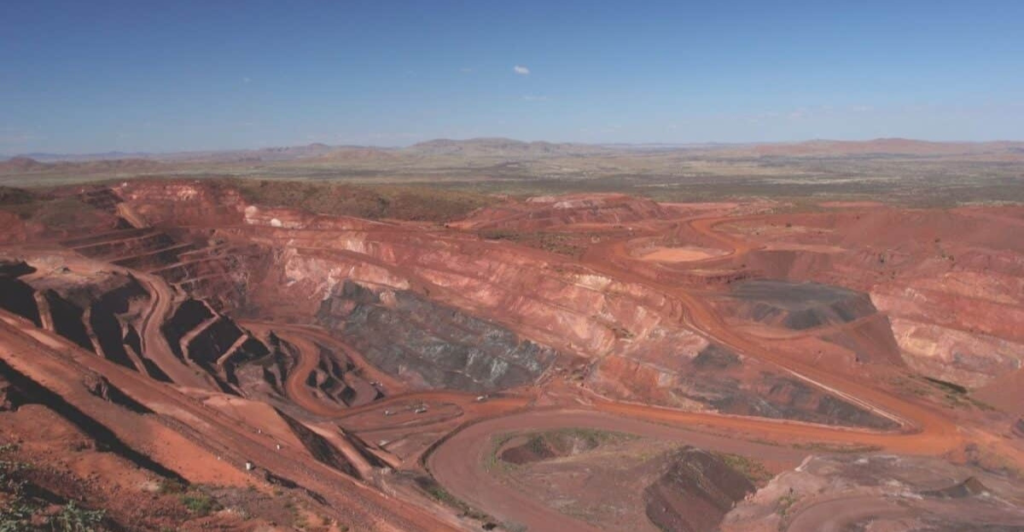
A discovery of staggering iron ore proportions has shaken the mining world—geologists in Western Australia have uncovered the largest iron ore deposit ever recorded, worth an eye-watering $5.7 trillion. This 55-billion-metric-ton find could reshape global trade and industry, but it also raises serious environmental concerns. As excitement builds over the economic potential, questions loom about the ecological impact of such a massive extraction.
A Discovery of Unprecedented Scale
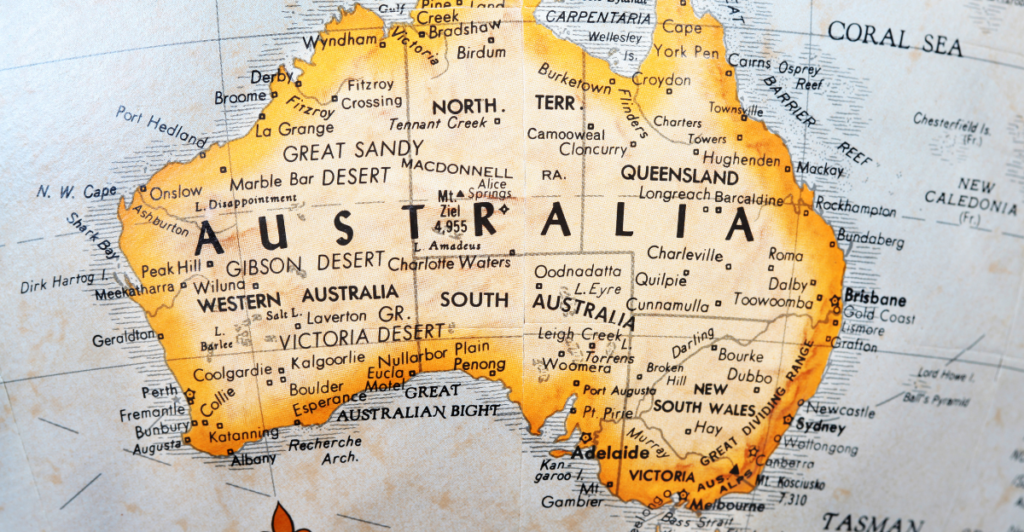
A game-changing iron ore deposit has been uncovered in Western Australia’s Hamersley region, estimated at 55 billion metric tons and worth $5.7 trillion. This find, the largest in history, challenges geological theories, with iron formation dating back 1.4 billion years instead of the previously believed 2.2 billion years. Economically, the discovery could cement Australia’s dominance in iron ore exports and shift global steel production. However, the sheer scale of extraction raises alarming environmental concerns, from land degradation to carbon emissions. Large-scale mining infrastructure, including rail networks, water usage, and energy demands, could impact fragile ecosystems. While industry leaders celebrate the economic potential, scientists and conservationists warn of irreversible environmental consequences. Can innovation and regulation balance economic gain with sustainability?
The Environmental Toll of Mining
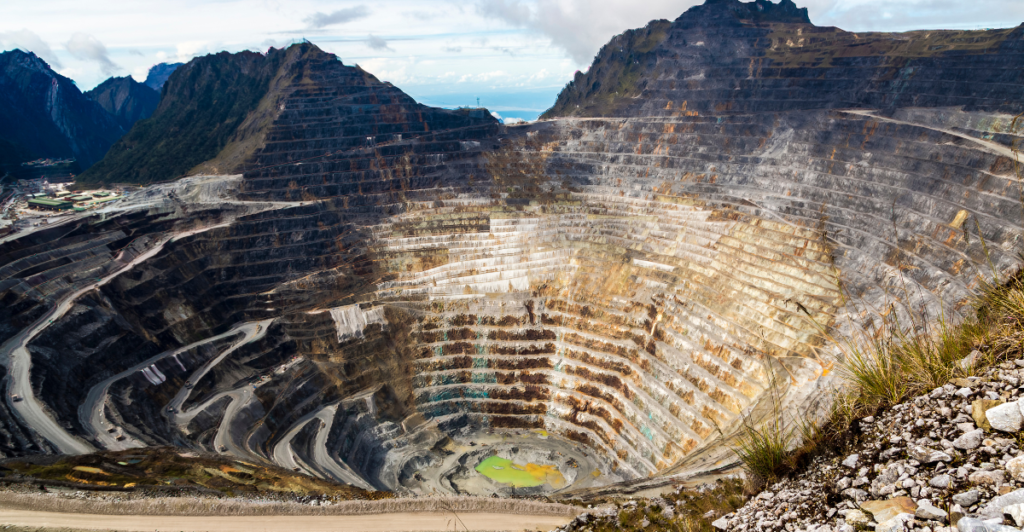
Iron ore extraction is a resource-intensive process that disrupts ecosystems on a massive scale. Open-pit mining, the likely method for this deposit, strips away vegetation and topsoil, leading to habitat destruction and soil erosion. Dust and heavy metals contaminate air and water sources, affecting wildlife and local communities. The demand for water is another pressing issue—mining operations require billions of liters, exacerbating drought conditions in already arid regions. Moreover, iron ore processing emits significant greenhouse gases, primarily due to energy-intensive smelting. Western Australia, already grappling with climate change-induced heat waves and water shortages, faces increased environmental pressures. If unchecked, this discovery could accelerate ecosystem collapse, leaving long-term scars on the landscape. The challenge is clear: extract responsibly or risk environmental catastrophe.
A History of Mining’s Environmental Impact
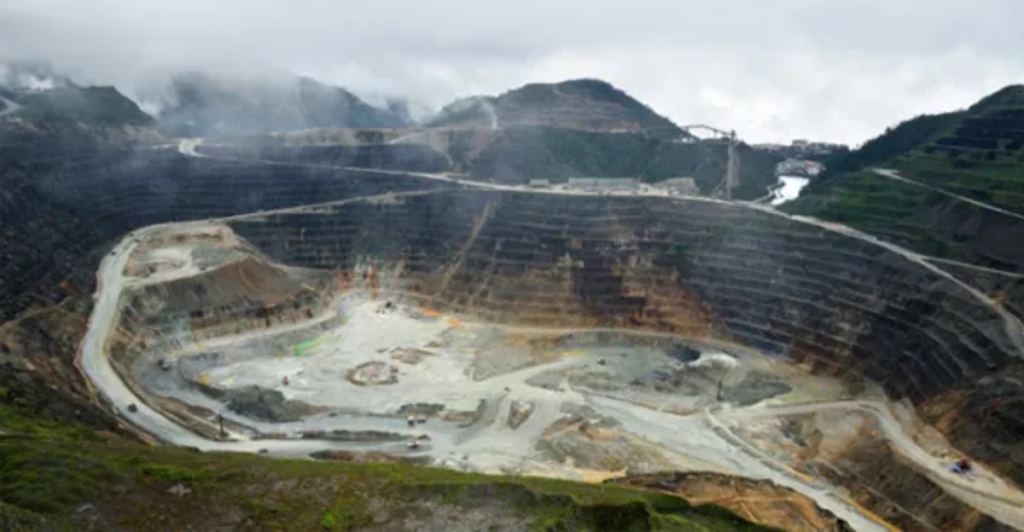
History offers stark warnings about the unintended consequences of large-scale mining. The Ok Tedi mine in Papua New Guinea, for example, caused severe river pollution, displacing communities and destroying fisheries. Similarly, the Samarco disaster in Brazil saw a tailings dam collapse, flooding towns and poisoning rivers with toxic sludge. Western Australia itself has witnessed vast mining scars, such as the Mount Whaleback mine, which transformed a natural landscape into a massive excavation site.
While modern regulations have improved, past incidents highlight the difficulty of balancing economic benefits with ecological responsibility. This latest iron ore discovery demands a proactive approach—without strong environmental oversight, history may repeat itself, leaving irreversible damage in its wake.
The Economic Windfall—At What Cost?

The financial potential of this discovery is staggering. If fully exploited, it could boost Australia’s GDP, attract foreign investment, and create thousands of jobs. Countries reliant on iron ore imports, such as China and India, will likely compete for access, strengthening Australia’s trade leverage. However, economic booms fueled by resource extraction often come with hidden costs. Over-reliance on mining can lead to market volatility, job instability, and economic disparities between mining regions and other industries.
Additionally, the environmental damage could offset financial gains through land rehabilitation expenses, legal battles, and public health costs. The economic benefits are undeniable, but without sustainable management, this windfall could turn into a long-term liability.
Carbon Emissions and Climate Change
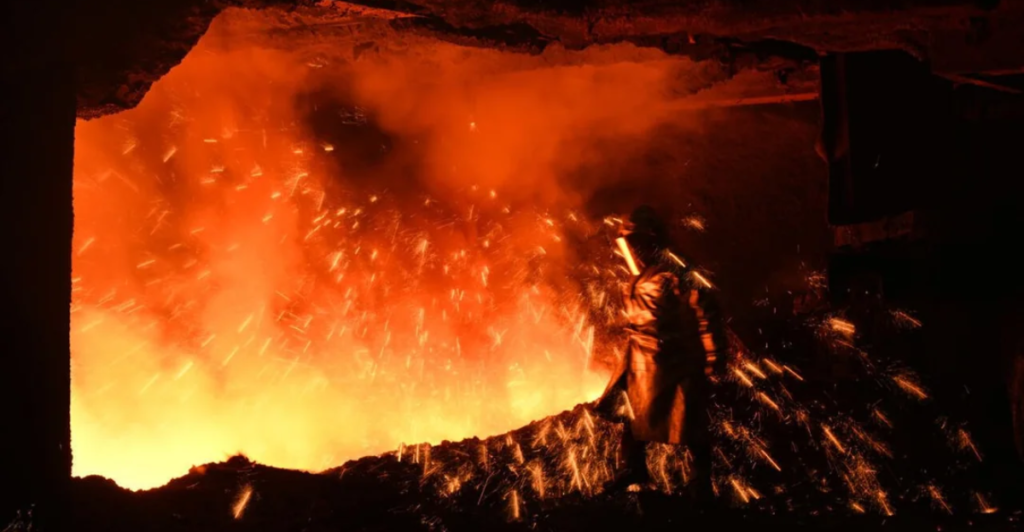
Iron ore mining and steel production rank among the most carbon-intensive industries worldwide. Steel manufacturing alone accounts for 7–9% of global CO₂ emissions, and increased mining in Western Australia could worsen this. Extracting and processing iron ore relies on high-temperature furnaces fueled by fossil fuels, further boosting greenhouse gas emissions.
Additionally, clearing land for mining strips away carbon-absorbing vegetation, intensifying climate change. While some companies are investing in green steel technologies—such as hydrogen-based processing—widespread implementation is still a long way off. If this discovery prompts unchecked expansion of traditional steelmaking, it risks derailing global emission-reduction efforts. The industry must shift to sustainable practices to prevent this boom from exacerbating the climate crisis and putting future generations at risk.
The Water Crisis—A Scarce Resource at Risk
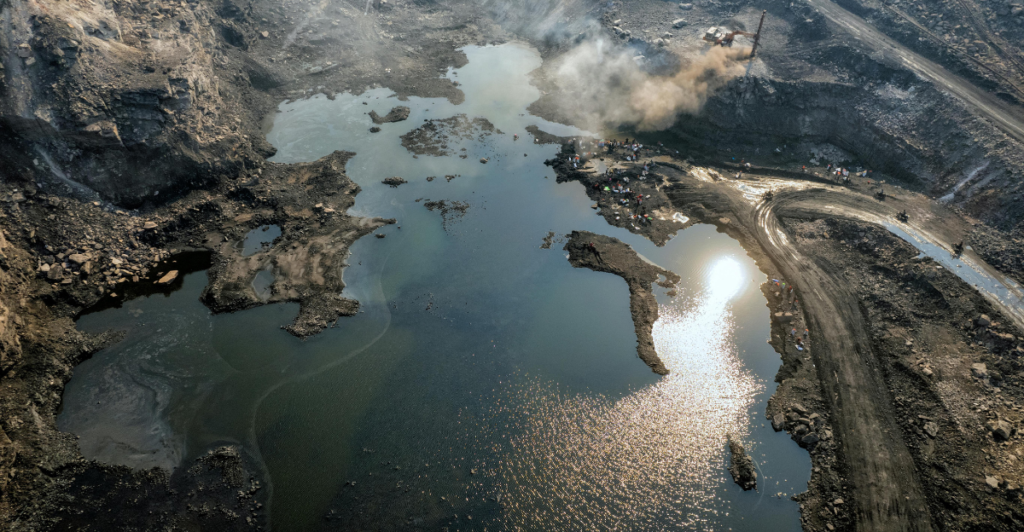
Water scarcity is a growing concern in Western Australia, and large-scale mining could intensify the crisis. Iron ore extraction requires millions of liters of water daily for dust suppression, ore processing, and worker consumption. In a region already prone to drought, diverting water for mining could deplete local supplies, harming agriculture and indigenous communities. Contaminated runoff from mines can also pollute rivers and groundwater, affecting both human and wildlife populations.
Mining companies claim they can recycle water and use desalination plants to reduce freshwater dependency, but these solutions come with their own environmental footprint. Without strict regulations, this iron ore discovery could escalate Western Australia’s water crisis, turning economic prosperity into an ecological disaster.
Indigenous Land Rights and Cultural Impact
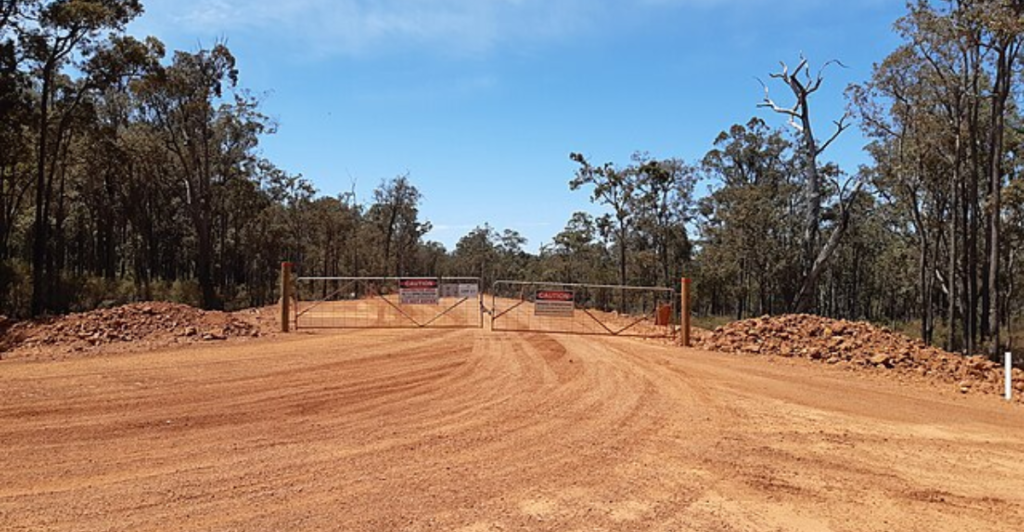
Many of Australia’s richest mineral deposits lie on indigenous land, and this discovery is no exception. Traditional owners have long fought for recognition of their rights, often clashing with mining giants over land access. The destruction of Juukan Gorge in 2020, where Rio Tinto blasted 46,000-year-old Aboriginal caves for iron ore extraction, remains a painful example of cultural erasure. This new deposit’s development must consider the perspectives of indigenous groups, ensuring consultation and fair compensation. While mining can bring economic opportunities for indigenous communities, it often comes at the cost of sacred sites, heritage, and traditional ways of life. Will history repeat itself, or can Australia set a precedent for ethical resource extraction?
The Future of Sustainable Mining
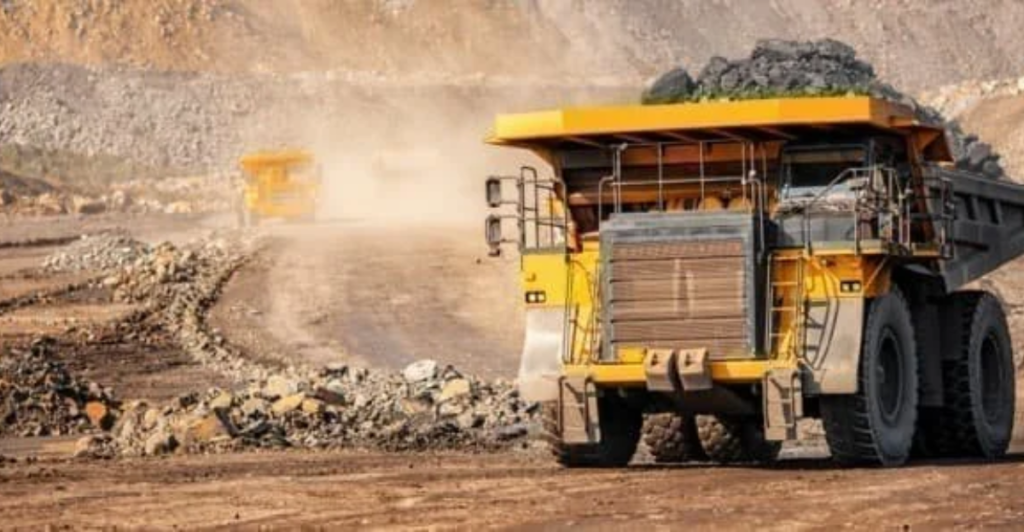
The mining industry faces mounting pressure to embrace sustainability. Innovations in automation, renewable energy, and carbon capture present greener extraction methods. Some firms are deploying electric haul trucks and solar-powered operations to slash emissions. Meanwhile, research into deep-sea and asteroid mining could one day ease reliance on land-based extraction, reducing ecological harm.
Yet, sustainable mining remains in its early stages, demanding heavy investment and strict regulations. If this $5.7 trillion discovery moves forward, industry leaders must prioritize innovation and environmental responsibility. The future of mining hinges on whether economic ambitions align with ecological preservation—or if short-term profits will once again take precedence over long-term planetary health.
Global Ramifications—A New Era of Resource Wars?
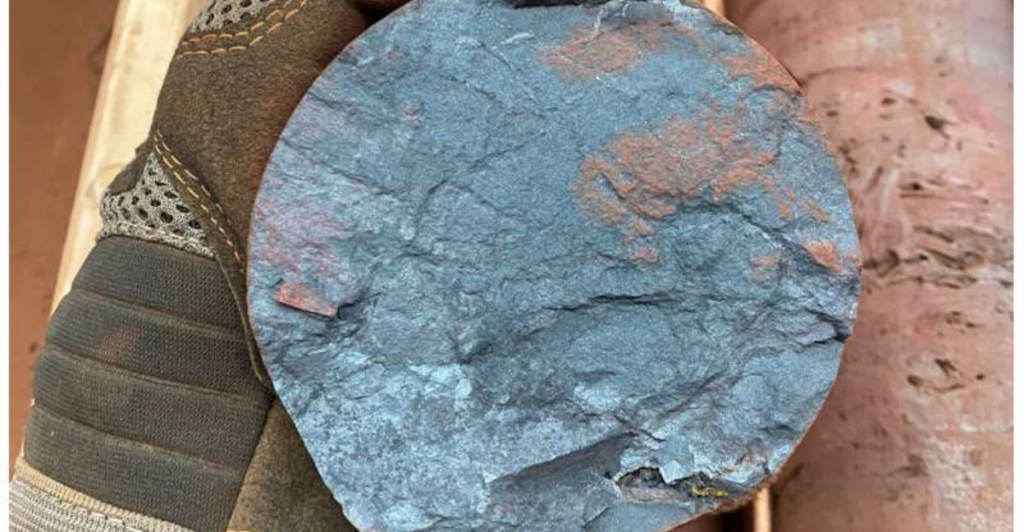
This massive iron ore discovery could shake global trade and fuel geopolitical tensions. Import-reliant nations like China may deepen economic and political ties with Australia, potentially redrawing alliances. Meanwhile, resource powerhouses like Brazil and Russia face intensified competition and shifting market dynamics. History shows that major resource finds often spark conflicts—whether through economic rivalries, territorial disputes, or political maneuvering.
With iron ore demand surging for infrastructure and renewable energy projects, the impact will extend far beyond Australia. Will this discovery drive collaboration or escalate competition in the global commodities market? The stakes are high, and the world is watching as nations position themselves in a rapidly evolving landscape where resources dictate power, influence, and economic leverage.
The Road Ahead—Balancing Profit and Planet
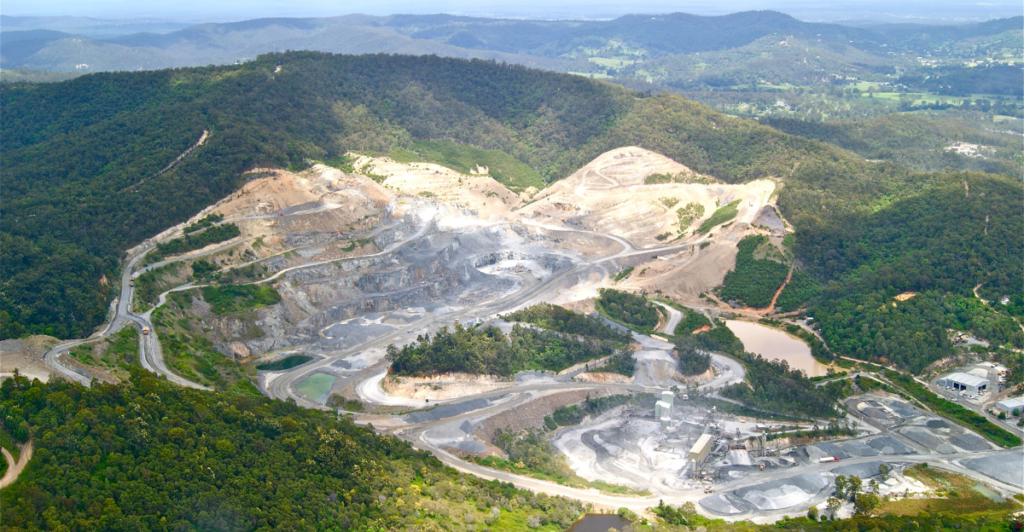
This historic iron ore discovery marks a turning point for mining and environmental policy. The financial stakes are massive, but so are the ecological and social dangers. Striking a balance between resource extraction and sustainability is critical. Governments must enforce strict protections, mining firms must adopt greener technologies and local communities must be actively involved. If managed wisely, this find could redefine ethical mining for the modern era. But if profit eclipses responsibility, it risks becoming another grim lesson in industrial overreach.
The path forward is unmistakable: embrace innovation for sustainability or face an environmental crisis no economy can withstand. The world is watching—will this be a model for responsible progress or a cautionary chapter in mining’s troubled history?
Explore more of our trending stories and hit Follow to keep them coming to your feed!

Don’t miss out on more stories like this! Hit the Follow button at the top of this article to stay updated with the latest news. Share your thoughts in the comments—we’d love to hear from you!







